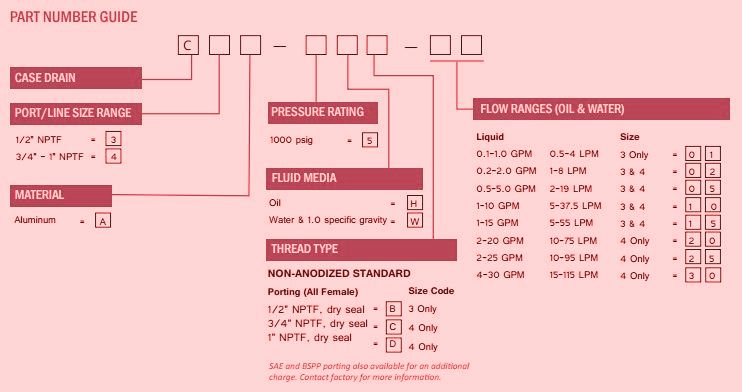Flushing A Case Drain Part 2

Flushing A Case Drain Part 2
March 6, 2018 Comments Off on Flushing A Case Drain Part 2In response to this article, some readers thought that the function of the flushing valve warranted discussion, while others were still confused about the influence of the charge pump when determining case drain leakage. Let’s consider flushing valves first.
What is a flushing valve?
A closed circuit flushing valve (also called a transmission valve or replenishing valve) usually comprises a pilot operated directional valve and a low pressure relief valve. When the hydrostatic transmission is in neutral, the directional valve is centered and the gallery to the low pressure relief valve is blocked. When the transmission is operated in either forward or reverse, the high pressure side of the loop pilots the directional valve. This opens the low pressure side of the loop to the relief valve gallery.
What does a flushing valve do?
In a closed circuit, fluid from the motor outlet flows directly to the pump inlet. This means that apart from losses through internal leakage, which are made up by the charge pump, the same fluid circulates continuously between pump and motor. If the transmission is heavily loaded, the fluid circulating in the loop can overheat.
The function of the flushing valve is to positively exchange the fluid in the loop with that in the reservoir. A flushing valve is most effective when it is located at the motor, assuming the charge check valves are located in the transmission pump, as is the norm.
When the hydrostatic transmission is in neutral, the flushing valve has no function and charge pressure is maintained by the charge relief valve in the transmission pump. When the transmission is operated in either forward or reverse, the flushing valve operates so that charge pressure in the low pressure side of the loop is maintained by the relief valve incorporated in the flushing valve. This relief valve is set around 30 psi lower than the charge pump relief valve located in the transmission pump.
The effect of this is that cool fluid drawn from the reservoir by the charge pump, charges the low pressure side of the loop through the check valve located close to the transmission pump inlet. The volume of hot fluid leaving the motor outlet, that is not required to maintain charge pressure in the low pressure side of the loop, vents across the flushing valve relief into the case of the motor and back to tank, usually via the pump case.
How does a flushing valve influence the process of using case drain leakage to determine the condition of a transmission?
The technique is the same as that outlined in the last issue. As explained above, if a flushing valve is fitted to a transmission, it acts as the charge pump relief valve once the transmission is operated in forward or reverse. So if the flushing valve vents into the case of the motor, then it is possible to determine the condition of the pump by measuring its case drain flow, but not the motor. If the flushing valve vents into the case of pump, then it is possible to determine the condition of the motor by measuring its case drain flow, but not the pump.
This reinforces the point that using case drain flows to determine the condition of the components of a hydrostatic transmission, without a thorough understanding of the circuit in question, can result in incorrect conclusions and the costly change-out of serviceable components.
call us at 800-361-0068 for more info on this subject
sales@hydrostatic-transmission.com
We service these makes and models and so many more
MITSUBISHI, KAWASAKI, DAEWOO ,DYNAPOWER, LINDE, REXROTH, UCHIDA, YAMAHA, HITACHI, KOMATSU, LIEBHERR, POCLAIN, VOLVO, VICKERS, CESSNA, HYDROMATIK AND SUNDSTRAND AND EATON CLOSED LOOP AND OPEN LOOP HYDROSTATIC DRIVE PUMPS AND MOTORS